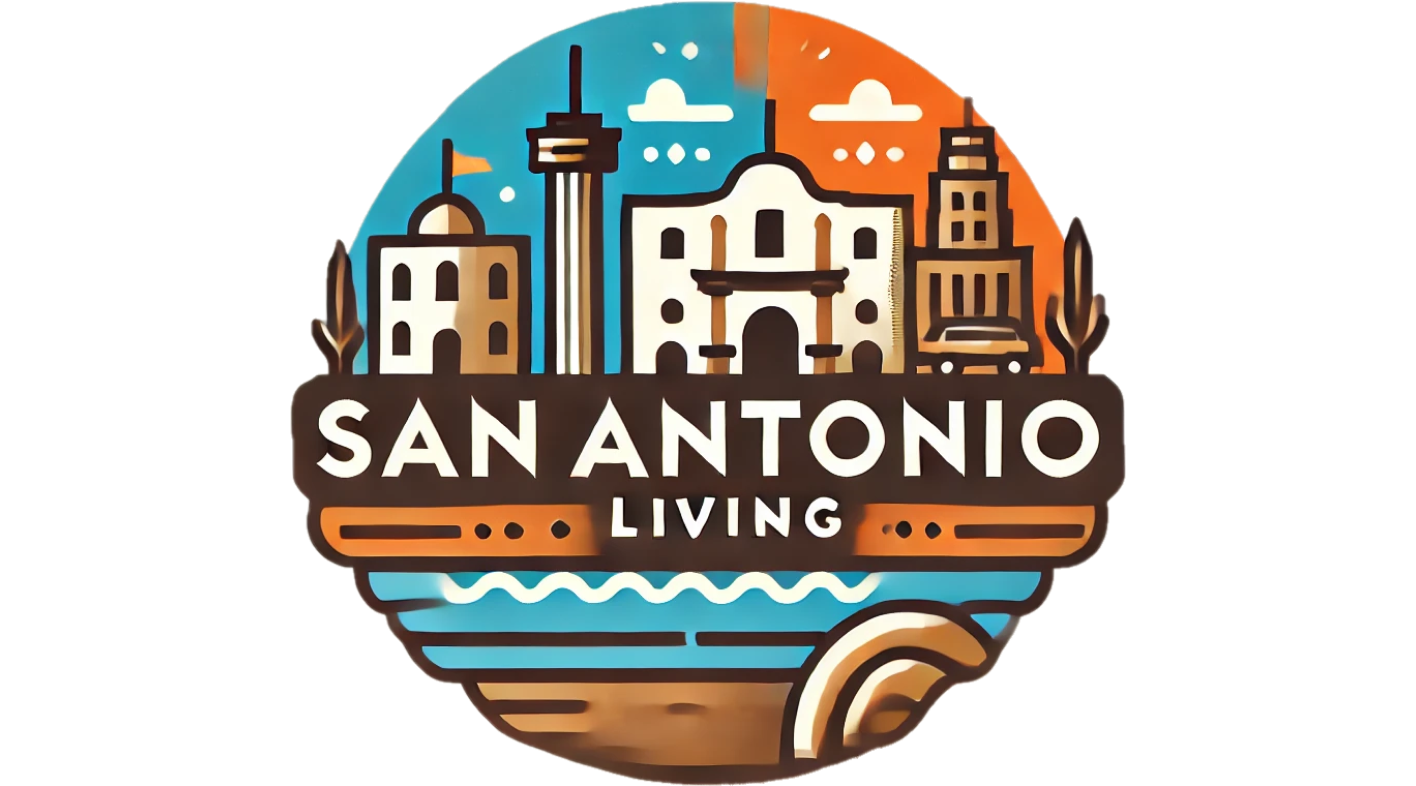
Understanding Fentanyl: A Hidden Crisis in San Antonio
Fentanyl is a potent synthetic opioid that continues to breed tragedy across communities in the United States, with Texas being no exception. The Texas Workforce Commission reports that over 7,000 lives have been lost to fentanyl poisoning since 2019. Its deadly potency is often hidden, as this substance is frequently mixed into other drugs without users' knowledge. Just two milligrams can prove fatal, making fentanyl one of the leading causes of overdose deaths in the nation. The urgent need for awareness and education around this crisis cannot be overstated, especially as families and communities grapple with its devastating effects.
How Naloxone Can Reverse an Overdose
To combat the rising tide of fentanyl-related overdoses, naloxone, marketed under the brand name Narcan, has become a critical tool. This medication can quickly reverse opioid overdoses by blocking opioid receptors in the brain, allowing individuals to regain their breath and consciousness. While its effects last for 30 to 90 minutes, multiple doses may be necessary, underscoring the importance of immediate medical intervention. Recognizing the signs of an overdose, such as respiratory failure or unconsciousness, is vital for timely response. Communities are encouraged to not only understand how to use naloxone but also to have it readily accessible, as it can save lives in emergencies.
The Community's Role in Raising Awareness
The upcoming KSAT Community Town Hall on October 7, 2025, titled "Fentanyl Poisoning: Know the Truth, Save a Life," serves as an essential platform to discuss this issue. Hosted by Courtney Friedman, the event aims to shed light on the fentanyl crisis and how it affects local families and individuals. Attendees can expect emotional testimonies from Angel Moms—parents who have lost their children to fentanyl poisoning—offering first-hand accounts that emphasize the tragedy of this epidemic. The involvement of state representatives and drug intelligence officers showcases the collective effort required to combat fentanyl’s grip on communities.
Taking Action: Community Events and Support Groups
One of the driving forces behind community support is the nonprofit organization Soles Walking 4 Souls. Their mission is to honor the lives lost to fentanyl poisoning and to prevent further tragedies through education and awareness. The organization's third annual Fentanyl Awareness Walk is scheduled for October 12, 2025, from 3 p.m. to 8 p.m. at The Greenline in San Antonio, providing a communal space for remembrance, support, and action against this crisis. Such events are pivotal in mobilizing communities to stand united and advocate for change.
How to Access Naloxone and Other Resources
As awareness builds, so do the resources available to the community. Individuals can obtain naloxone for free through local health departments and various organizations dedicated to public safety. The Substance Abuse and Mental Health Services Administration (SAMHSA) provides a national helpline at 1-800-662-HELP (4357), connecting those in need with assistance. Moreover, community members are encouraged to participate in local Narcotics Anonymous meetings or other support groups that foster an environment of recovery and compassion.
The Importance of Open Dialogue
The often-stigmatized nature of drug addiction and overdose can present significant barriers to open discussions. Nevertheless, community conversations, such as those catalyzed by KSAT, foster understanding and empathy. Addressing common misconceptions about fentanyl and the circumstances surrounding addiction can lead to better-informed citizens who can contribute to prevention efforts. This dialogue is crucial in reshaping narratives about addiction, focusing not just on the individuals but on the systems and societal issues that allow crises like this to thrive.
Looking Ahead: Future Trends and Advocacy
As the fentanyl crisis continues to evolve, so too must our strategies for combating it. Governments, advocates, and community members must work together to push for more robust public health policies aimed at treatment and prevention. Future trends may include increased access to treatment facilities, educational initiatives, and a comprehensive review of prescription practices to reduce reliance on opioids. By recognizing the signs of this crisis and facilitating community-driven solutions, we can pave the way for a healthier, safer environment for all.
In conclusion, the fight against fentanyl poisoning requires collective action, education, and awareness, focusing on saving lives. The KSAT Community Town Hall and subsequent initiatives remind us that no effort is too small when it comes to tackling this pressing issue.
 Add Element
Add Element  Add Row
Add Row 



Write A Comment